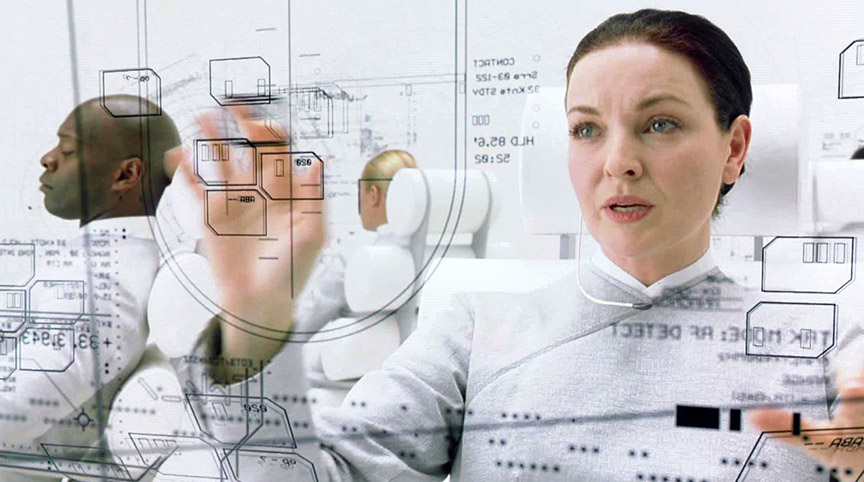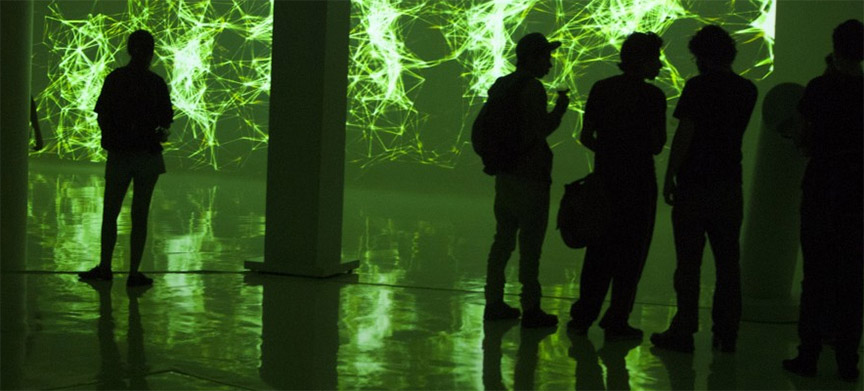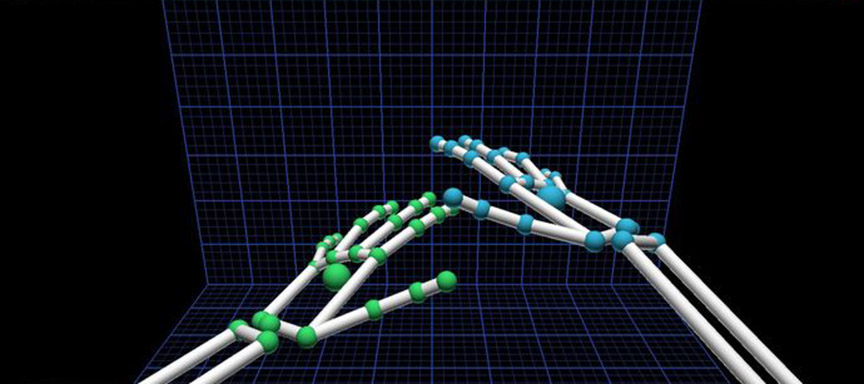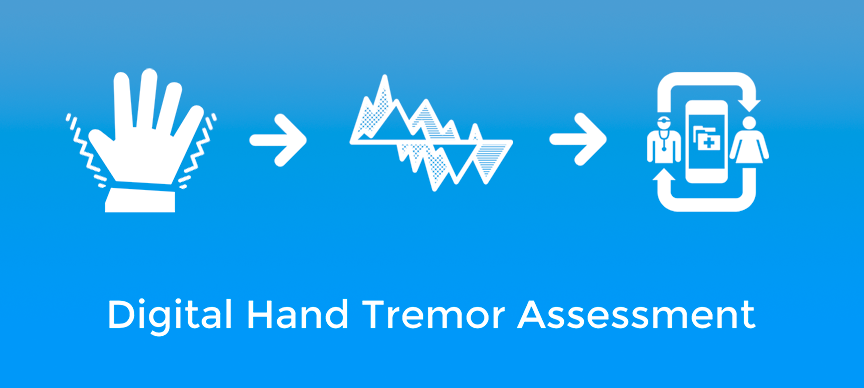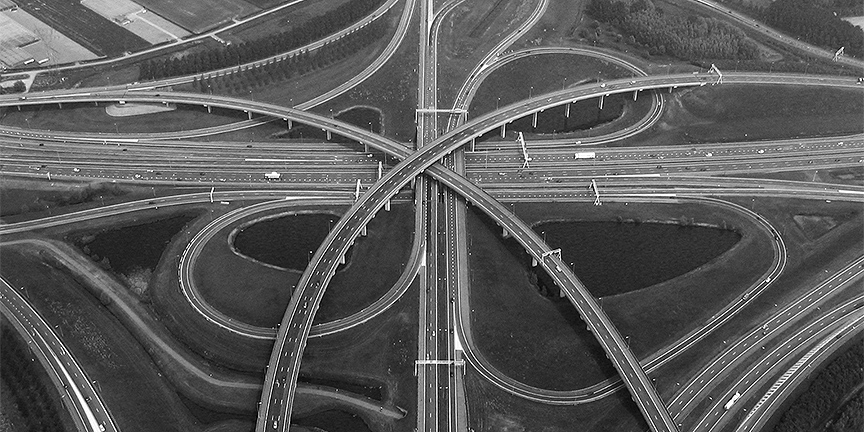Hand tremors from diseases such as essential tremor, Parkinson’s disease, Wilson’s disease, dystonia and others affect tens of millions of people around the world, and the neurological and genetic basis for many tremors is still yet to be understood. Patients suffer physically, often unable to write and practice art, as well as socially, with tremors giving rise to more social anxiety. Unfortunately, there are relatively few ways for individuals and doctors to quickly and reliably track tremor progression over time.
Recently, I met a neuroscientist named Marianne Stephans at a hackathon in San Francisco connecting people working in the neuroscience field with technologists. We worked together afterwards to build a movement sonification application – a method for giving sound feedback for physical movement, related to research she does connecting motor control and auditory memory/control. I found myself inspired by the problem set, given the number of people suffering from these types of motor control problems.
With better tremor measurement and tracking using Leap Motion, I believe research could progress faster aiding in the treatment of tremors and doctors could have a more efficient tool for quantifying tremor.
Read More ›

